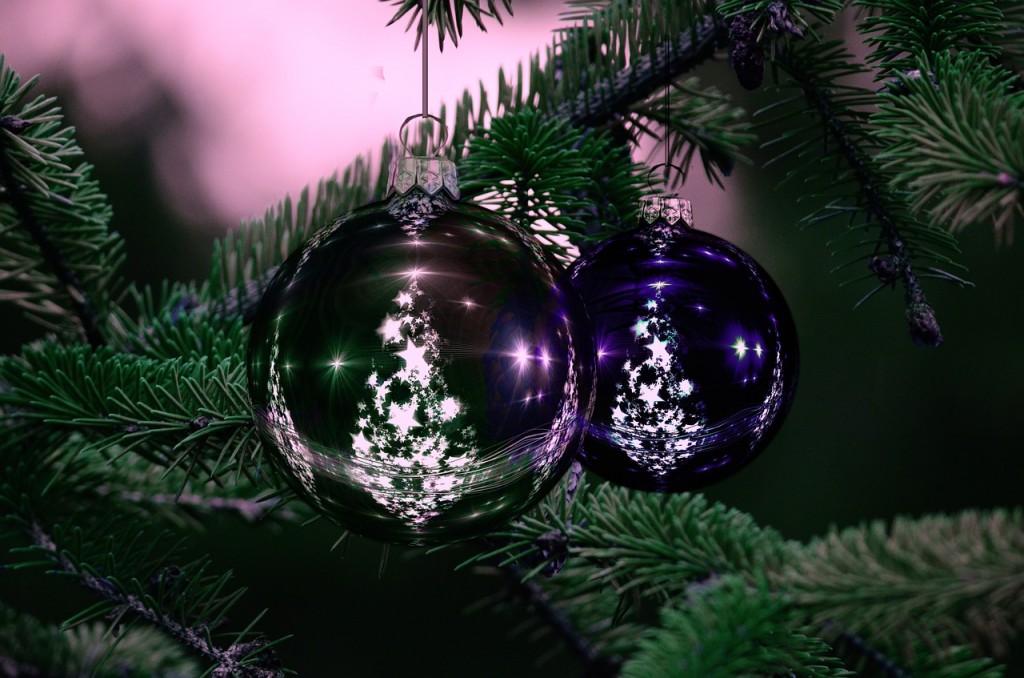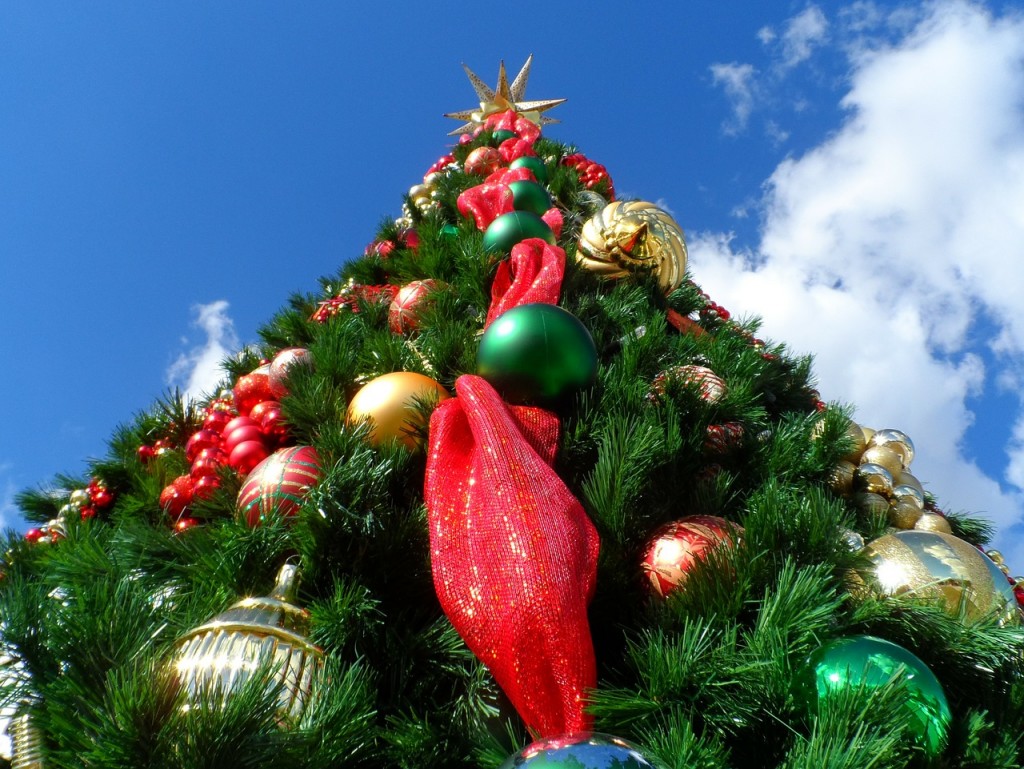It’s trendy, we’re told by certain superstores and style setters, to have a black Christmas tree or even an upside-down one, artificial, of course, and, because they last for years, they are more environmentally friendly than plantation-grown real ones.
Well, if the tree you buy has been sustainably grown in the UK (and, this year, some 95% of Christmas trees for sale will be homegrown) then, as far as the environment goes, there’s no contest: real is the green option.
Most artificial trees are manufactured in China and so have high transport emissions.
They require fossil fuels to produce, and end up in landfill. Real trees absorb CO2 while growing (six tonnes per hectare), release oxygen into the atmosphere, and can be recycled.
And while a Christmas tree plantation is not one of our most species-rich habitats, many of them have wide strips of grass every 20m or so, which provides food for insects and birds, and the trees themselves shelter various small birds.

Growers who belong to the British Christmas Tree Growers Association (BCTGA) – the logo is a Union Jack superimposed on a Christmas tree – sign up to an environmental code of practice which ensures that they use seed from sustainable sources, plant on land that has been ecologically and archaeologically surveyed and use the minimum amount of chemicals needed to deal with pests and diseases.
According to the Association’s secretary Roger Hay, the biggest problem for growers is aphid attacks during the summer, and this is on the increase due to the recent lack of hard frosts.
In the future, he says, we may even have to accept different kinds of conifer as our Christmas trees – trials of Mediterranean species and spruce from China are being carried out at the moment to find ones that will withstand diseases, such as Red Band Needle Blight, which is moving into southern parts of the UK.
But, for the moment, our choice is mainly Nordmann fir, Norway spruce and Fraser fir, offered as cut trees or bare rooted, rootballed and container-grown trees. Whichever you buy, locally grown ones will keep transport emissions to a minimum, so go to the BCTGA website to see if it has growers near you.
If you choose a cut tree, then make sure you recycle it afterwards – we buy about 7.5 million trees each Christmas, but less than half this number are recycled.
Many councils now offer free recycling, or you can return it to the farm where you bought it and it will be chipped and used as mulch or path surfacing.
“We buy about 7.5 million trees each Christmas, but less than half this number are recycled”

Bare rooted and rootballed are good options if you can plant them out after Christmas.
Choose your planting spots carefully, as conifers can put on at least 1m a year, and the three most readily available ones can reach a lofty 40m when fully grown.
Don’t forget their effect on neighbouring gardens, too – there’s one planted smack up against the fence at the end of my garden, which is already 8m high and beginning to create shade problems for us.
Container-grown trees are usually offered as small ones – up to 1.2m high – and will not have such a perfect shape as they won’t have been pruned.
But if you look after your potted tree properly once you put it outside, and feed, water and re-pot it, then you should be able to get at least one more Christmas out of it.
After two years, depending on the species, it will probably have grown too much and become too heavy to haul indoors.
If you’re not wedded to the resiny smell and the classic fir-tree shape of a Christmas tree, then why not use this Christmas as an excuse to buy yourself a crisply shaped bay tree or topiary box to hang your baubles on.
Put it in the garden afterwards – acclimatising it gradually to the cold – where it can create vertical interest for the rest of the year, and bring it in again for Christmases to come.

KEEP CONTAINER TREES ALIVE
- Soak the tree well before bringing it in the house
- Keep it away from direct heat, such as radiators or open fires and water regularly so it won’t dry out
- Don’t keep it indoors for more than four weeks, otherwise the warmth and artificial lights might cause it to break dormancy and put on new growth making it vulnerable to sudden cold snaps outdoors
CONTACTS
USEFUL SOURCES
Seed kits, saplings and small container-grown trees
www.ecotopia.co.uk
www.pinesandneedles.com
www.tree2mydoor.com
British Christmas Tree Growers Association
www.christmastrees.org.uk
Local recycling
www.recyclenow.com
Written By: Anne Gatti
Article First published in the Nov 2008 issue of the English Garden Magazine



